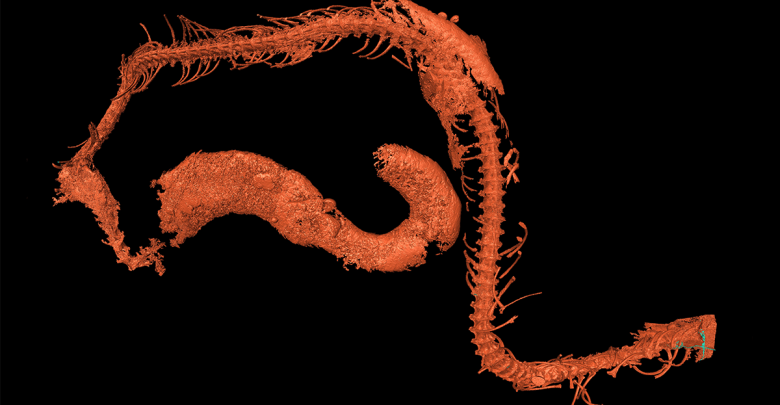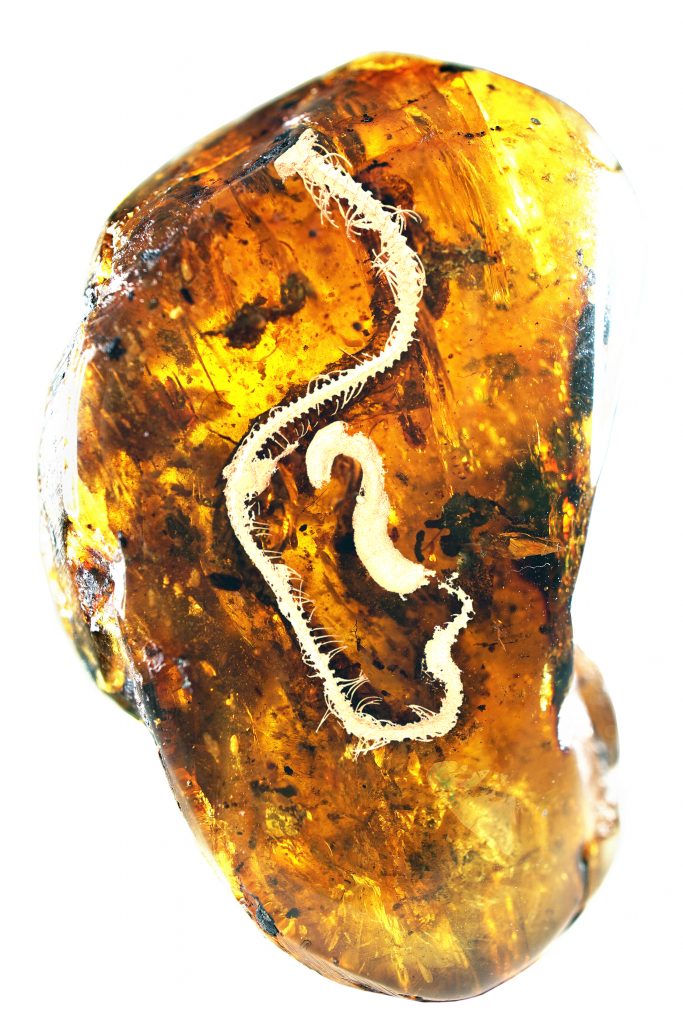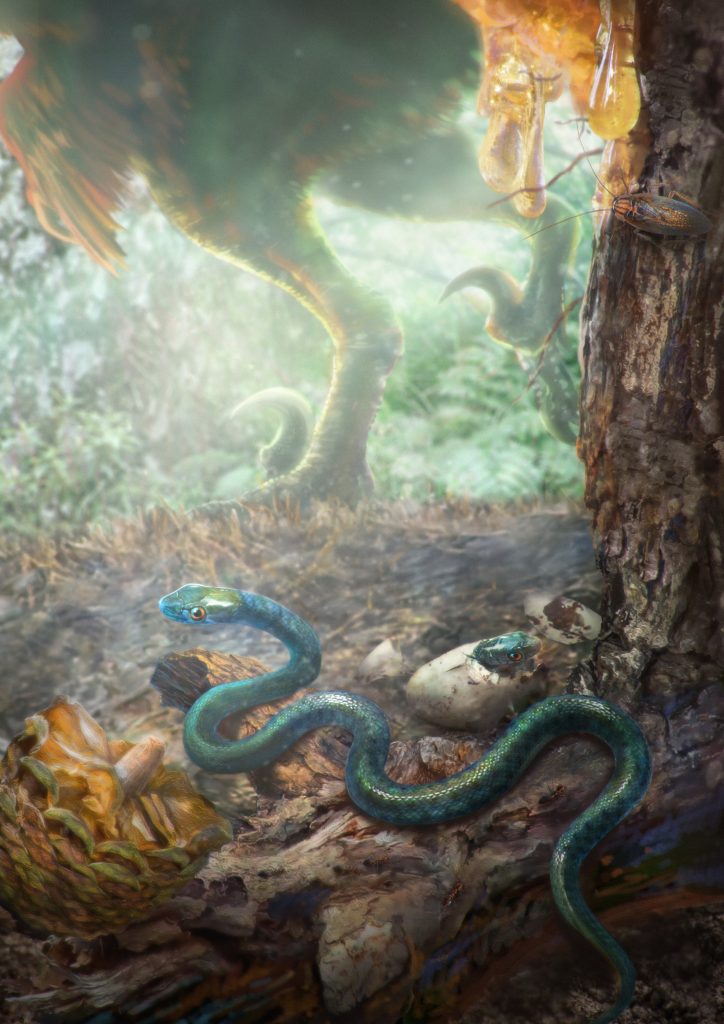 Supplied
SuppliedThree years ago, a pair of researchers bought a piece of amber in a Myanmar market without realizing the small fossil inside was the first newborn snake fossil ever found.

The snake is 100 million years old, only a couple of millimetres long, and was recently described in a study led by Michael Caldwell, a professor from the department of biological sciences. The study was also carried out by researchers in the United States, China, and Australia, and revealed new information on snake ecology, ancient migration patterns, and evolution.
“The understanding of early snake evolution is still an open field… about 85 per cent of snake evolutionary history remains unknown, so every relatively complete specimen of a snake we find makes a difference,” said Tiago Simões, a research assistant in Caldwell’s laboratory.

Fossils embedded in amber are often better preserved since tree resin prevents air from coming into contact with the trapped material, thereby stalling decay. However, amber fossils are very rare, particularly vertebrates such as reptiles.
The presence of leaves and insects in this specimen suggests ancient snakes lived in forests as well as deserts and marine environments, where all other snake fossils have been found.
“Although we could expect snakes to be living in such an environment because they do a lot now, we actually never had direct evidence until now,” Simões said. “This fossil indicates they had a broad ecological diversity 100 million years ago, just like they have today.”
The group also studied how ancient snakes migrated around the world. Previous research suggested they migrated from Africa to northern continents, but Caldwell’s team concluded there was an additional route.
The migration they proposed would’ve occurred from Gondwana, an ancient supercontinent that existed 550 million years ago and began separating into modern-day continents 300 million years ago. Specifically, the group suggests Gondwanan snakes migrated from Australia to South East Asia while the supercontinent was separating.
The authors also studied snake anatomical development: the set of structural changes from fertilization to adulthood. This meant comparing the anatomy of the newborn fossil to modern-day young snakes.
Studying amber fossil anatomy has been difficult in the past since specimens cannot be removed from the resin and researchers could only observe their surface.
However, Caldwell and his team employed new technology to study the whole fossil in detail. This technology was high-resolution CT scanning, which built an image of the entire snake from X-ray images taken at different angles. High-resolution CT scanning was also recently used by Caldwell’s team to study the oldest lizard fossil discovered.
Surprisingly, they found ancient and modern baby snakes had a lot of anatomical similarities, which has opened up new questions about snake embryology and evolution.
“[Because] it’s a baby and all of our other specimens are adult, it really gives us an extremely rare glimpse into their evolutionary history,” Simões said. “It’s only because of this fossil that we’re even thinking about these questions now,”




